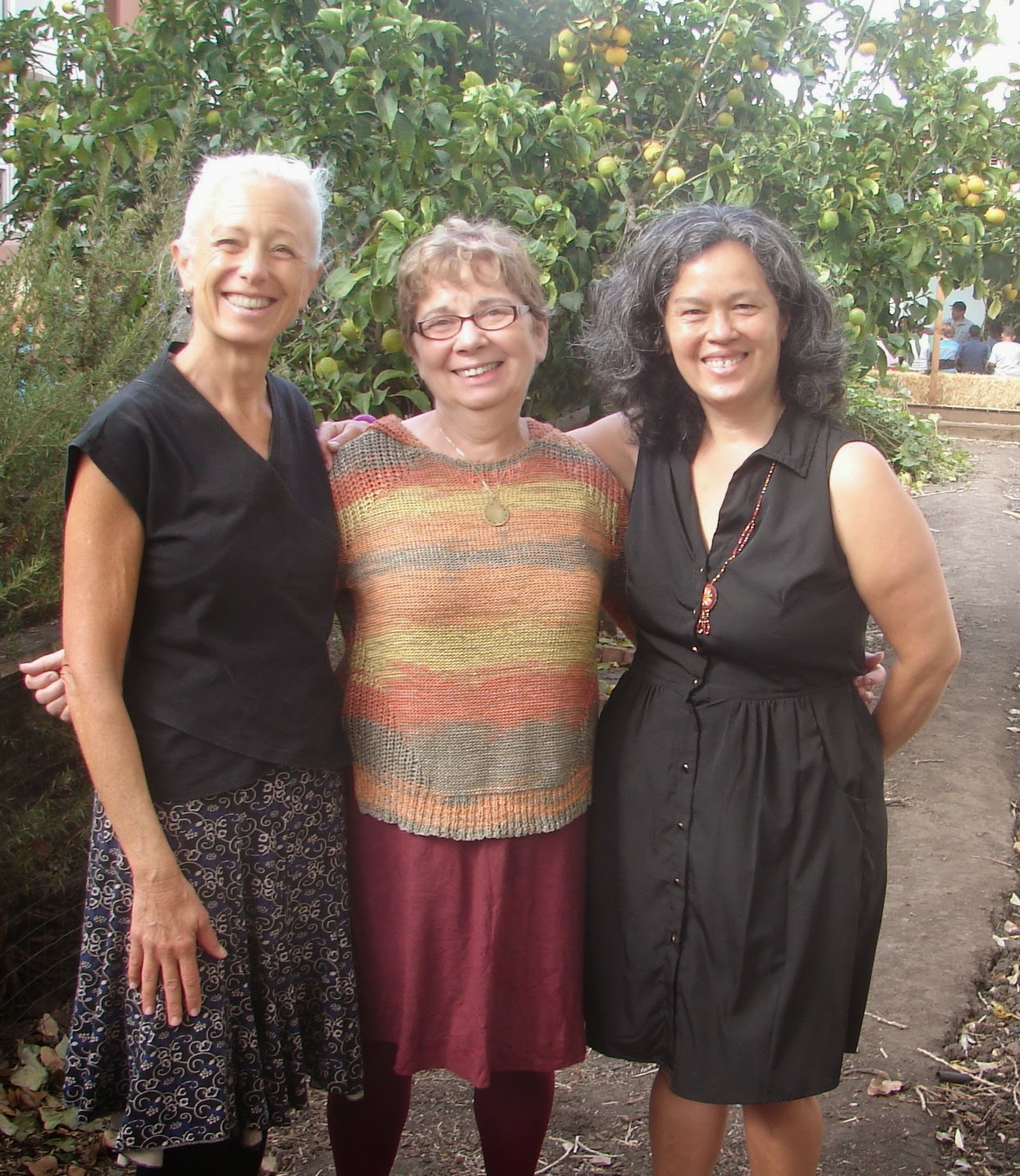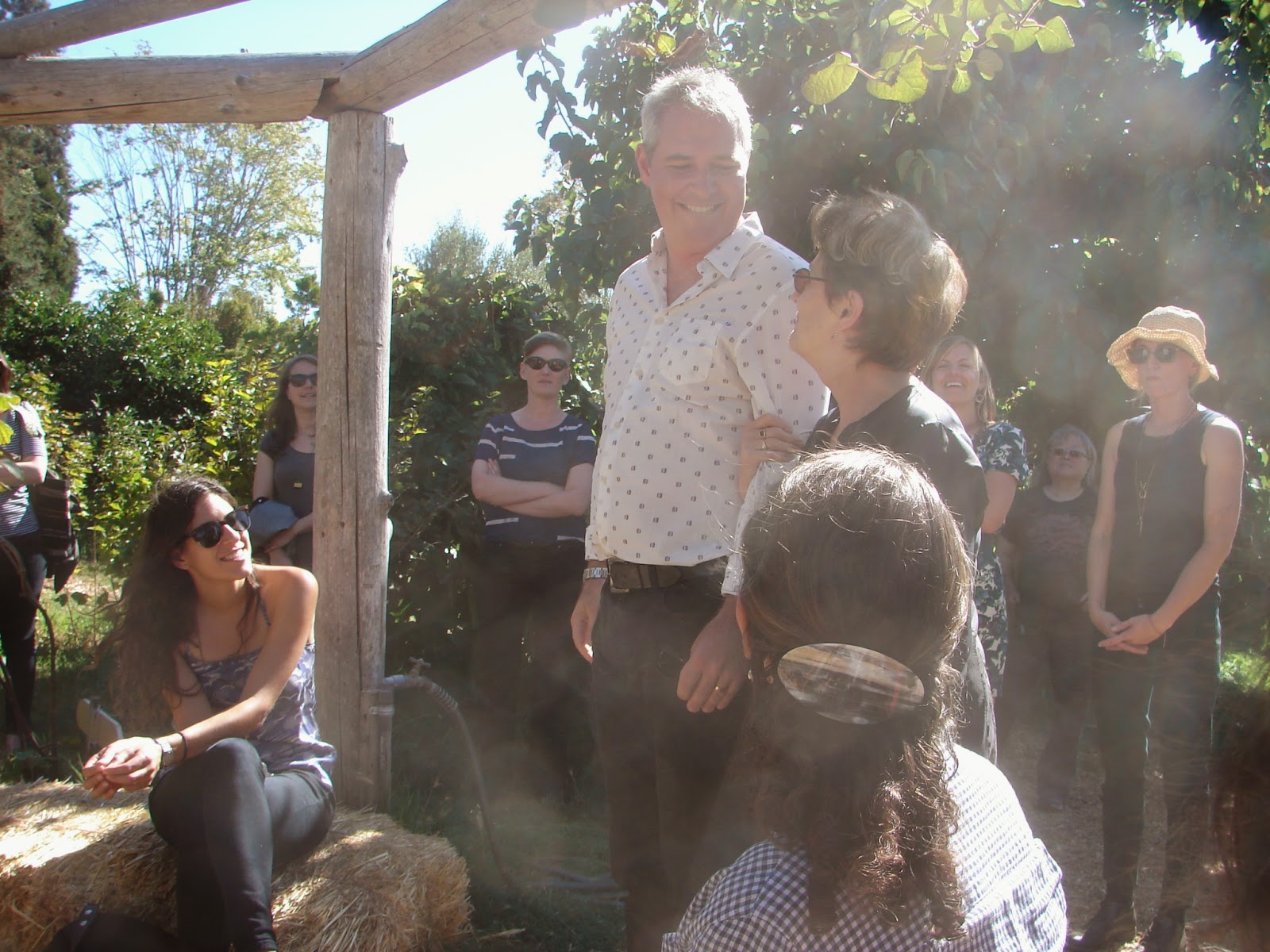 |
| St. Joseph's College-Standish, Maine |
Since working on the Alice Waters biography, Alice Waters and the Trip to Delicious, and reading about Edible Schoolyards I have been on the lookout for school farms. The experience of planting seeds and growing food, of tending livestock is as strange as space travel to many kids. School farms offer a whole new realm of education.
Today I want to share a school farm--Pearson's Town Farm, which is part of St. Joseph's College in Maine. Students are not required to work on the farm, but St. Joseph's does place a high value on service learning so work on the farm is encouraged.
I interviewed farm manager Michial Russell and want to share that interview with you over a couple of blog posts.
 |
| Michial Russell |
1. What would you guess is the percentage of students that have previous experience with growing vegetables or caring for livestock?
Answering this very unscientifically with 'data' collected from conversations with students as they spend time at the farm I would estimate that about one quarter of the students have had some form of a family garden growing up. Closer to one third have memories of their grandparents having a vegetable garden.
The number of students with 'livestock' is on the rise with many local municipalities adopting ordinances allowing residents to own limited sized flocks of chickens. Many student's parents now have flocks of six or fewer birds that they are keeping at home for egg production.
In the last two years I have had two dozen students, give or take, who have either worked on a farm with livestock as a summer job or own and board their own horses.
2.What are most popular jobs with livestock? in the gardens?
As you can imagine, working with the livestock is much more popular that working in the fields. Still there are those students who enjoy the quite nature of being outside. In the field the top two jobs are the transplanting of seedlings, and harvesting of vegetables. Students get excited about the food coming out of the kitchen when they can identify that they planted or harvested some or all of the ingredients in the dish.
Working with livestock varies. Different students tend toward different animals. Our rabbits have the largest draw with the goats coming in a very close second. The rabbits provide a certain therapeutic service that makes cleaning and tending to them less undesirable, though I don't know that I would refer to their maintenance as a job.
As far as 'jobs' go lambing/kidding is hands down the most popular actual work especially among the nursing students. Often times we merely watch the labor and delivery process helping out with the neonatal care. Drying off the lambs/kids, post-delivery clean up, weights and measurements, and bottle feeding of orphaned lambs/kids are the most talked about activities. Every year we have one or two lambs that have to be assisted out and this is a coveted activity.
The goats are very, very personable. Much like puppies, the goats develop unique personalities and students often bond with one or two out of the herd. It is not uncommon to have students come over to the farm to take the goats out for walks on leashes either around the farm or on the trails behind the farm. Every now and again we will have brave students who take them over to the main campus for a stroll.
3. What are least popular jobs with livestock? in the gardens?
The cleaning of stalls tends to be the least popular. I say 'tends to' because we always have a handful of students who not only don't mind doing it, but they volunteer to do it. In the garden weeding is hands down the least popular followed by operating the walk behind tiller.
I love the notion of a college student walking a goat around campus. Sounds like a great stress reducer. Just having a place to go to do physical work, to let one's brain rest and tend a goat or pull a weed also sounds great. (And of course our brains never really do rest. I read just today that the "idle" brain is firing more neurons than the conscious part of our brain.)
In the next installment we'll hear how students are changed by the experience of working on the farm and/or walking goats on campus. [All photos courtesy of St. Joseph's College]































